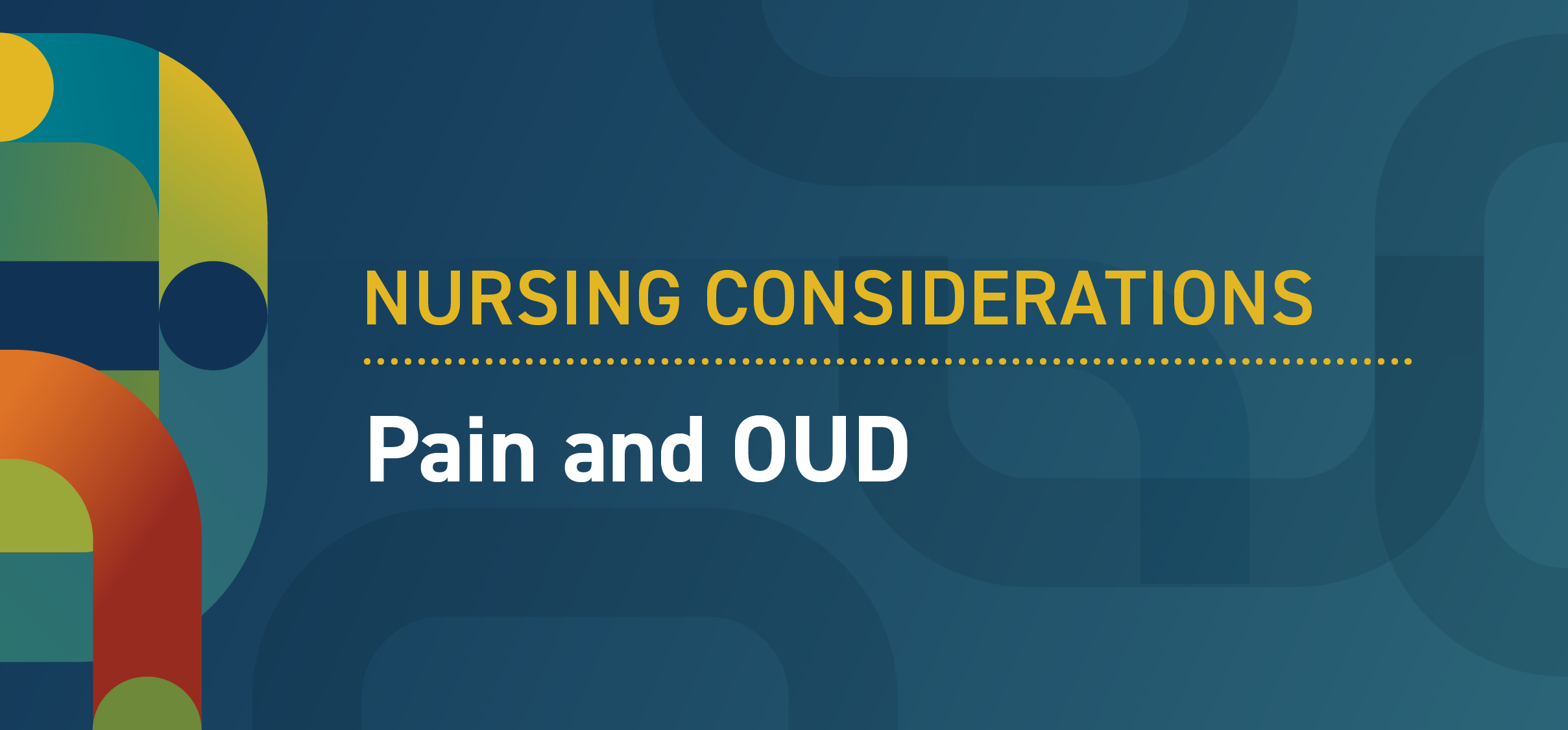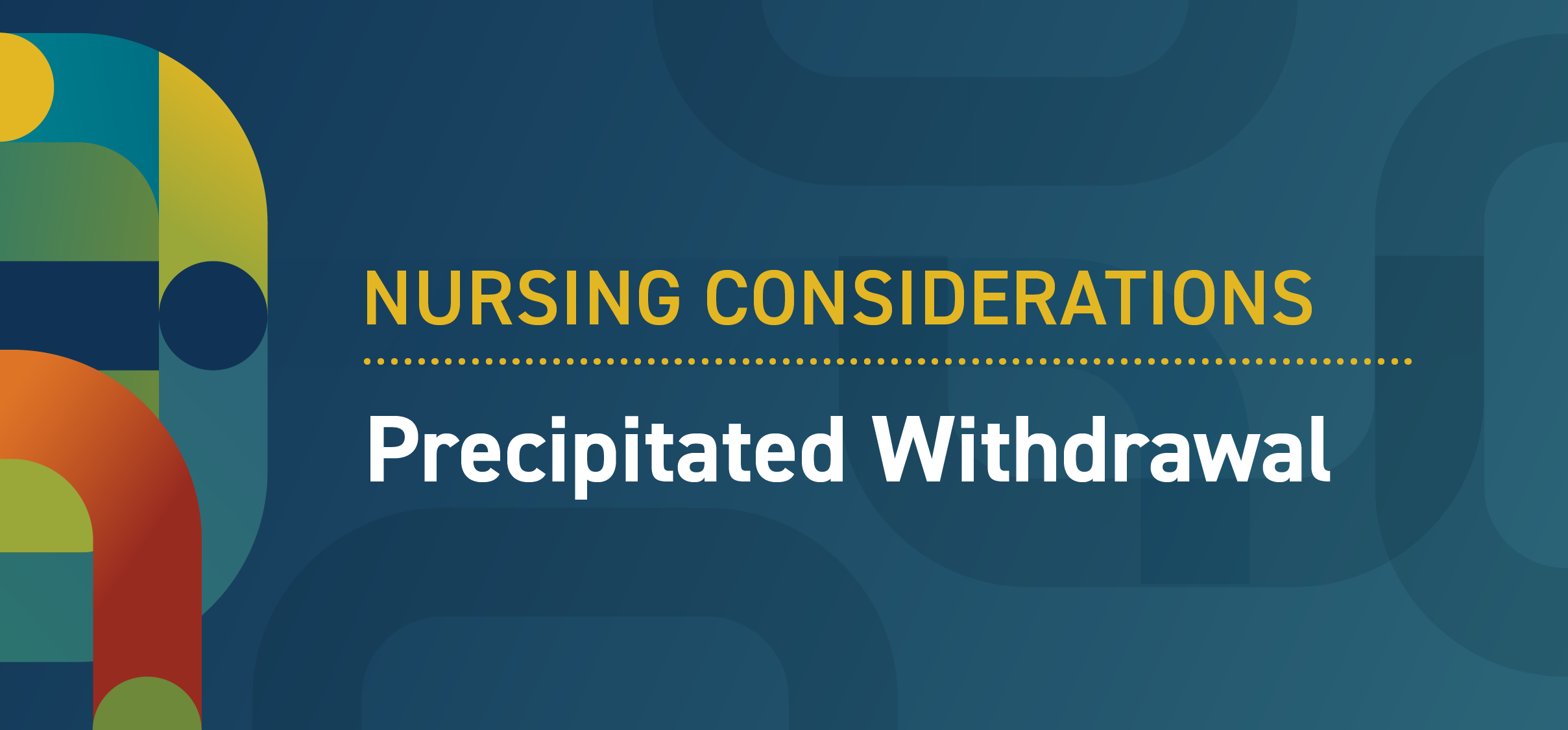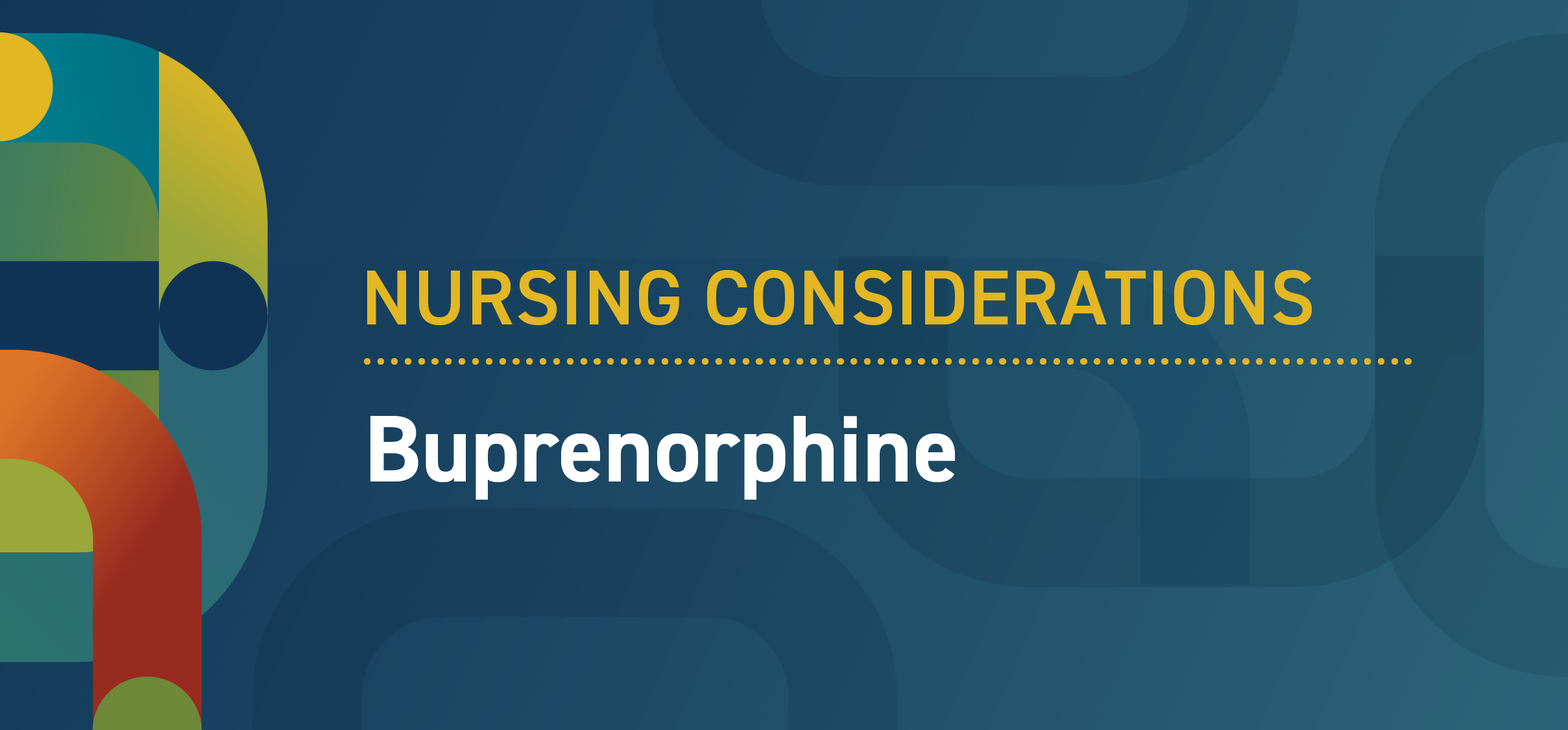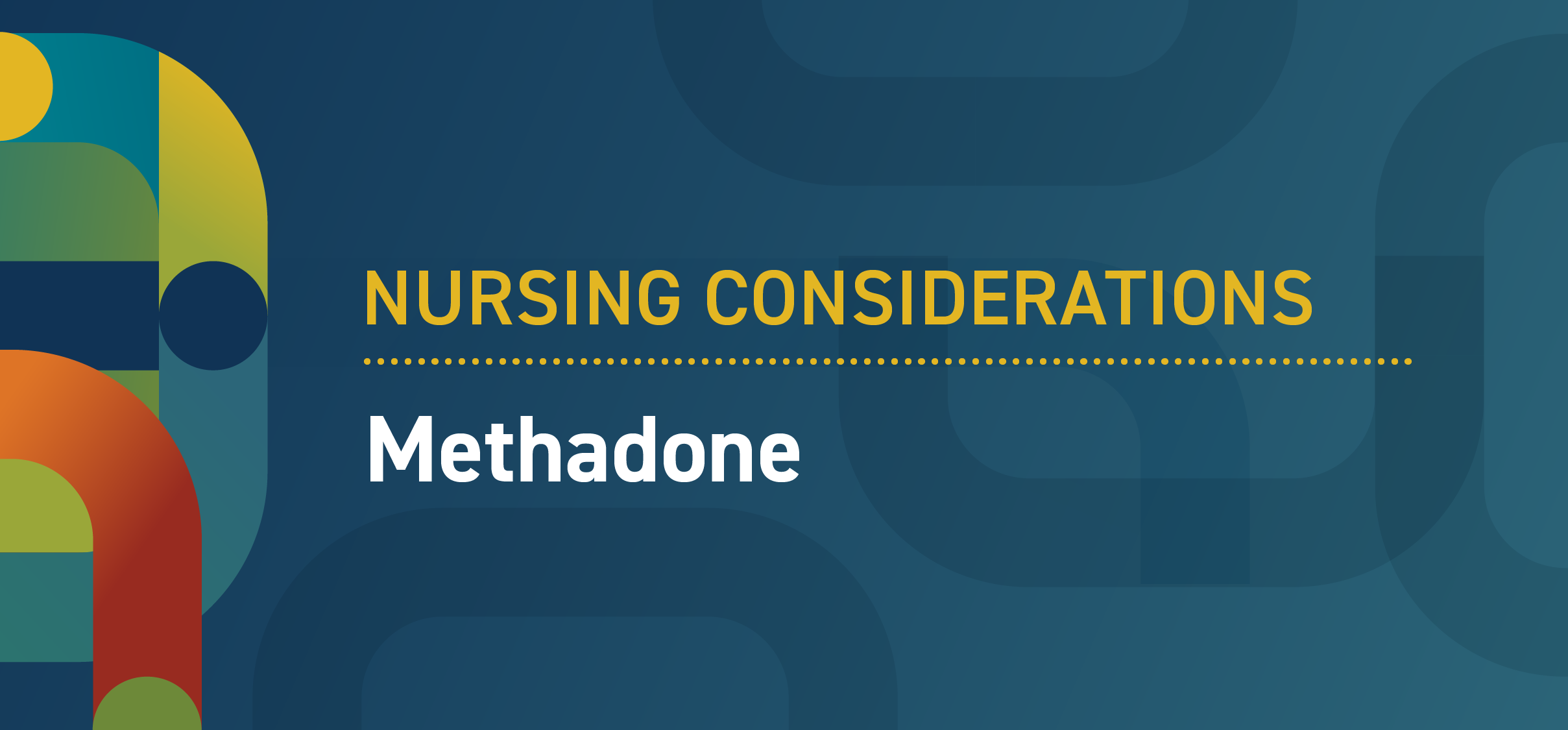FOR NURSING
Nursing considerations - pain and OUD

Background
- Patients who use opioids or are on MOUD are likely to require higher doses of opioids than other patients with the same source of acute pain, often double the dose. This can be due to opioid tolerance and/or the pharmacology of MOUD.
- If the patient's vital signs are within normal limits, the dose is not too high.
- Patients on MOUD that have severe acute pain (e.g., from amputations, large wounds, fractures, surgeries, etc.) are likely to need additional opioids to manage pain. These medications treat OUD; they do not treat severe acute pain.
- Adequately treating pain often requires a multi-modal approach. Additional pharmacological and non-pharmacological pain management techniques should be explored. Adjunctive medications (e.g., NSAIDs, acetaminophen, hydroxyzine, clonidine) may also reduce the dose of opioid needed to control pain.
- Many patients will experience anxiety related to under-treated pain.
- Patients taking opioid agonist medications for opioid use disorder should continue their regular dose throughout their stay to improve outcomes.
- If a patient is on sublingual buprenorphine, increased and/or split dosing (e.g., t.i.d.) may help control pain better than a once daily dose.
- Patients with OUD or other substance use disorders experience a great deal of stigma and often have high levels of anxiety related to previous negative healthcare experiences. Research shows that stigma, bias, and even perceived judgement worsens symptoms and prolongs recovery. It’s vital to treat patients in a caring and supportive manner.
Actions
- Ensure patient’s pain is managed without interrupting their regular dose of MOUD.
- Advocate for patients with severe acute pain to receive short-acting opioids.
- Ask the patient about the type, amount, and frequency of opioids they are currently taking. This can help gauge how much opioid pain management they need; however, this information is relative, and the contents and doses of street drugs are highly variable.
- Explore additional pharmacological and non-pharmacological pain management techniques.
- Communicate with the patient and use shared decision making to create a plan if their pain is not well controlled.
- If patients are discharged with an additional prescription opioid, ensure they continue to take their MOUD and have a plan to taper off the short-term opioid. Patients may need additional support with medication management during this time.
- If the patient is on sublingual buprenorphine and is not prescribed an additional opioid at discharge to manage pain, discuss the option of split dosing with the patient and provider to manage pain. Educate the patient on additional pain management options (e.g., OTC medications, positioning, heat, etc.)
- Ensure patient is discharged with naloxone. Provide overdose prevention education. Ensure patient is aware that changes in use patterns can alter tolerance and increase risk of opioid overdose.






 I’M A CLINICIAN
I’M A CLINICIAN I’M A PATIENT
I’M A PATIENT